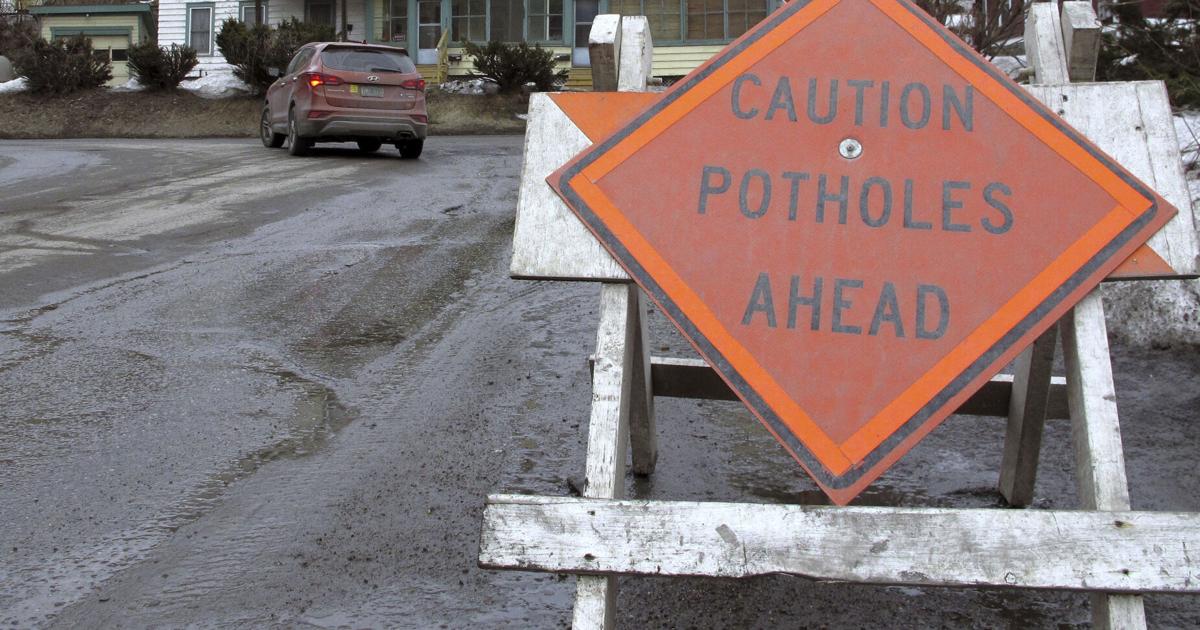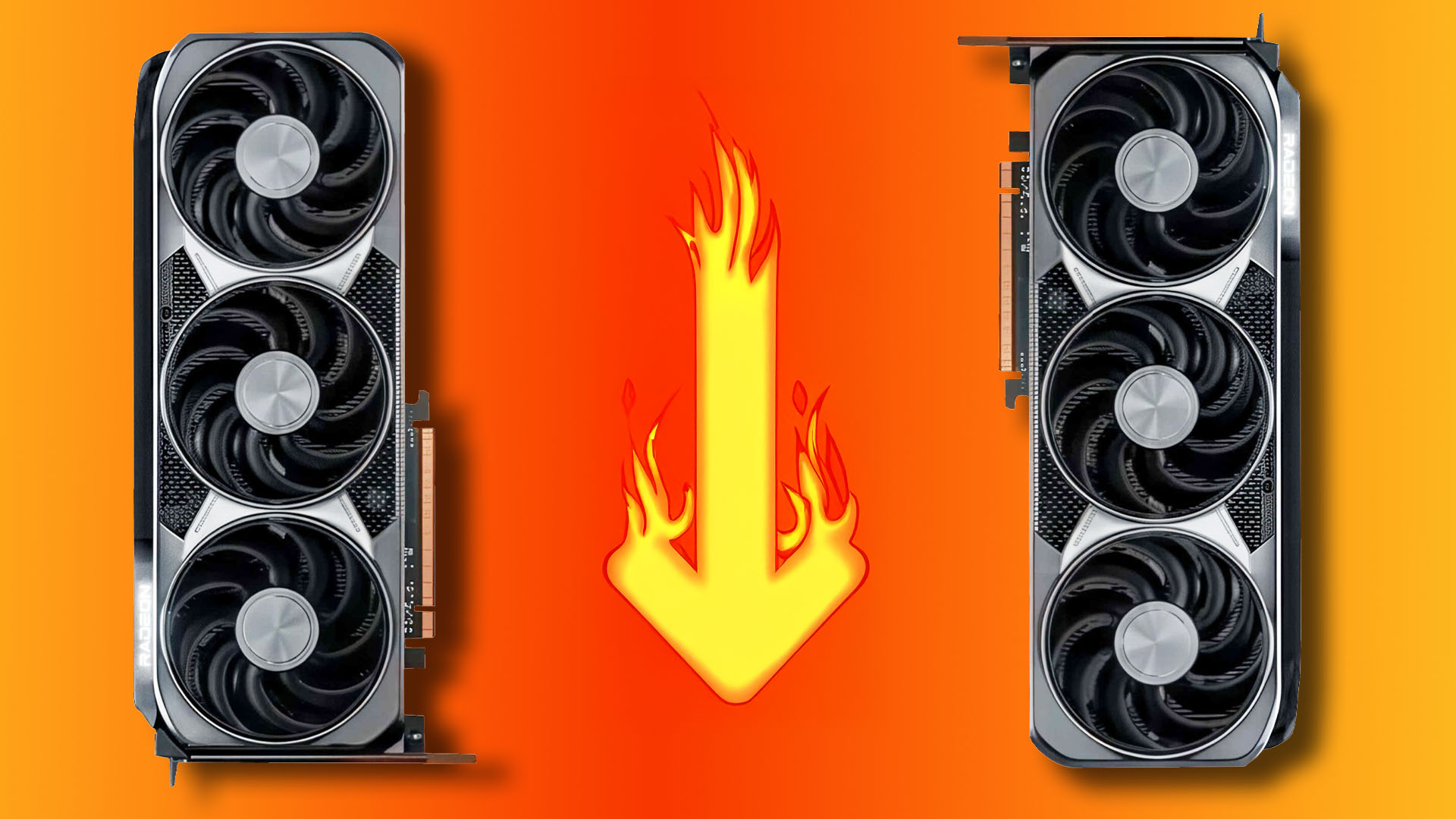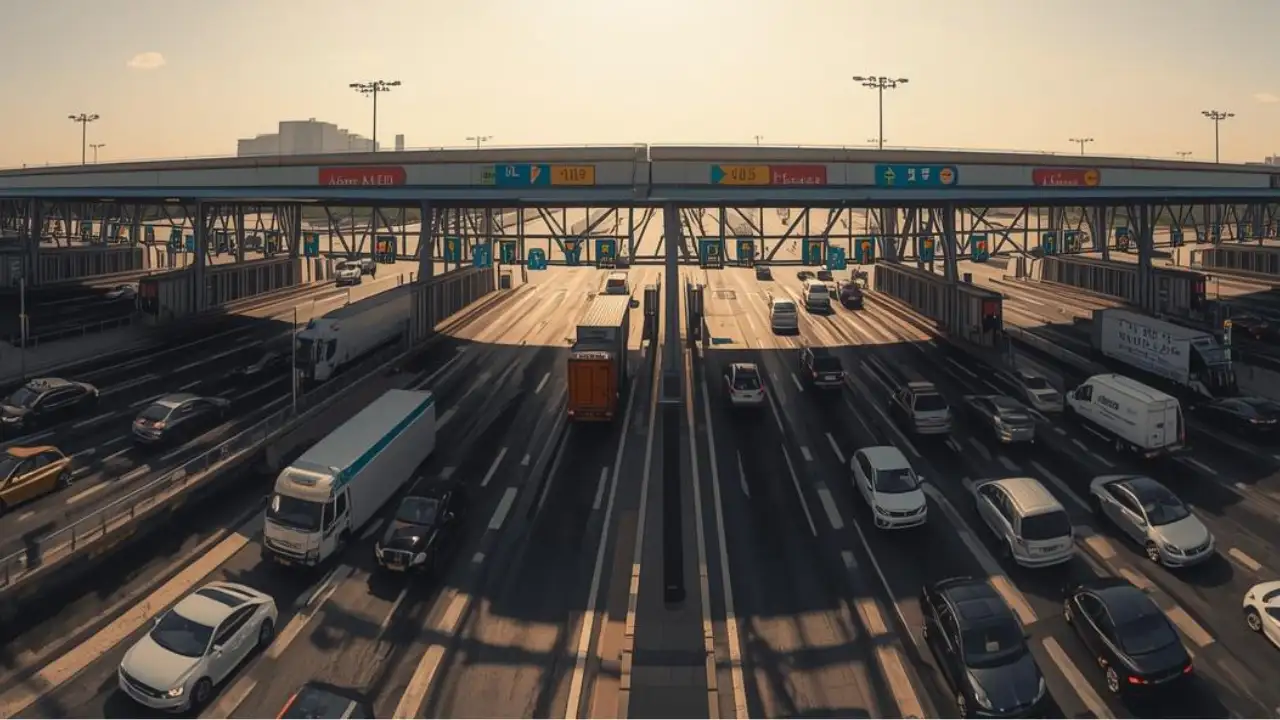By BY THE EDITORIAL STAFF,File/lisa Rathke/ap
Copyright postandcourier

And we don’t believe it’s a good idea for the state to send more money to local governments to maintain the roads they choose to maintain, in the way they choose to maintain them. Indeed, we don’t even like the idea of the state sending the transportation funding it currently does to local governments. In all but the very wealthiest counties, and perhaps even there, the state could spend the money more efficiently due to economies of scale.
Beyond that, state law requires the Transportation Department to prioritize funding based on objective criteria rather than the pure politics that drive county decisions. We’re not convinced that the state always gets the priorities right, but we trust that objective-standards grid more than we trust, say, the Charleston County Council to get the priorities right. We’re guessing most Charleston County voters would agree with us there — as they did when they overwhelmingly rejected County Council’s most recent attempt to set road-funding priorities. And given recent election results, voters in several other counties apparently feel the same way about their own councils.
Speaker Smith announced in a news release this spring that the House “has worked hard to secure billions in funding for roads, bridges, and infrastructure improvements in recent years — but South Carolinians aren’t seeing the results quickly enough.” So he created the ad hoc committee to find ways to “improve and streamline the services, responsiveness, and efficiency of SCDOT.”
It’s no surprise that the funding increases have produced insufficient results. Even though lawmakers increased the gas tax and have been pouring one-time state and federal funding into the roads program over the past decade, that probably wouldn’t have been enough to cover our ever-growing needs even if we hadn’t started off with such a huge backlog, as we did.
And government, like the private sector, almost always has inefficiencies. So it’s always a good idea to look for more efficient ways to spend other people’s money, although it’s also important to recognize when what look like efficiencies actually cost more to implement than they save — or when they compromise safety or accountability beyond acceptable levels.



